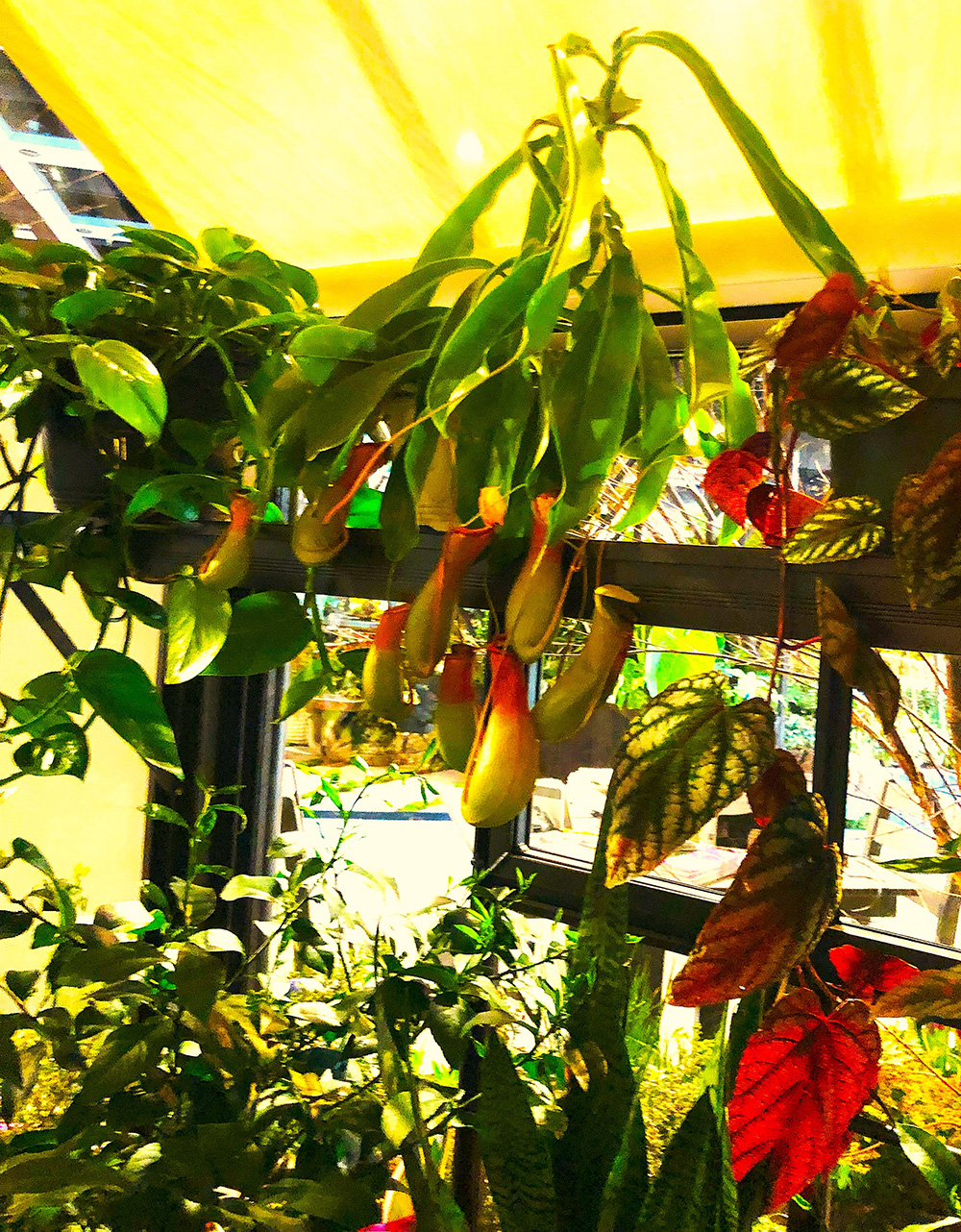
Forest bathing, or taking an aware walk in the woods, has become popular for its health benefits—it’s known to lower blood pressure and boost immunity. The name is a literal translation of the Japanese term shinrin-yaku, or taking in the forest atmosphere.
Last weekend I had a chance to go on a guided forest-bathing walk while car camping with my family at a nearby Oregon park. A group of us wandered slowly along, looking up at massive hemlocks, listening to the nearby Siletz River tumbling over rocks, smelling the damp duff under our feet. And I thought—you could do this in your own greenhouse.
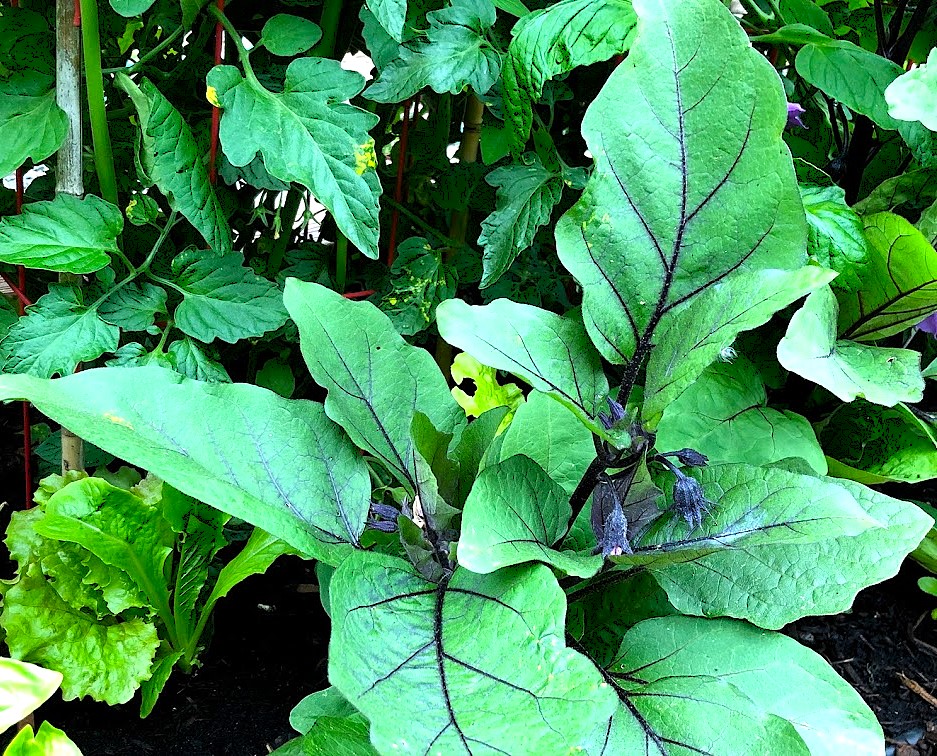
Yes, we use our greenhouses for many reasons, such as starting seeds, or potting up specimens, or in more decorative spaces, we can tuck ourselves into a chair to read a book among our plants. But what if we consciously connect with what’s growing around us? I’m not talking about looking for whitefly—although that might be what you notice—but taking a few minutes when you enter your greenhouse to become aware on a deeper level of the living, growing, and dying of the special plants you’ve chosen to put there.
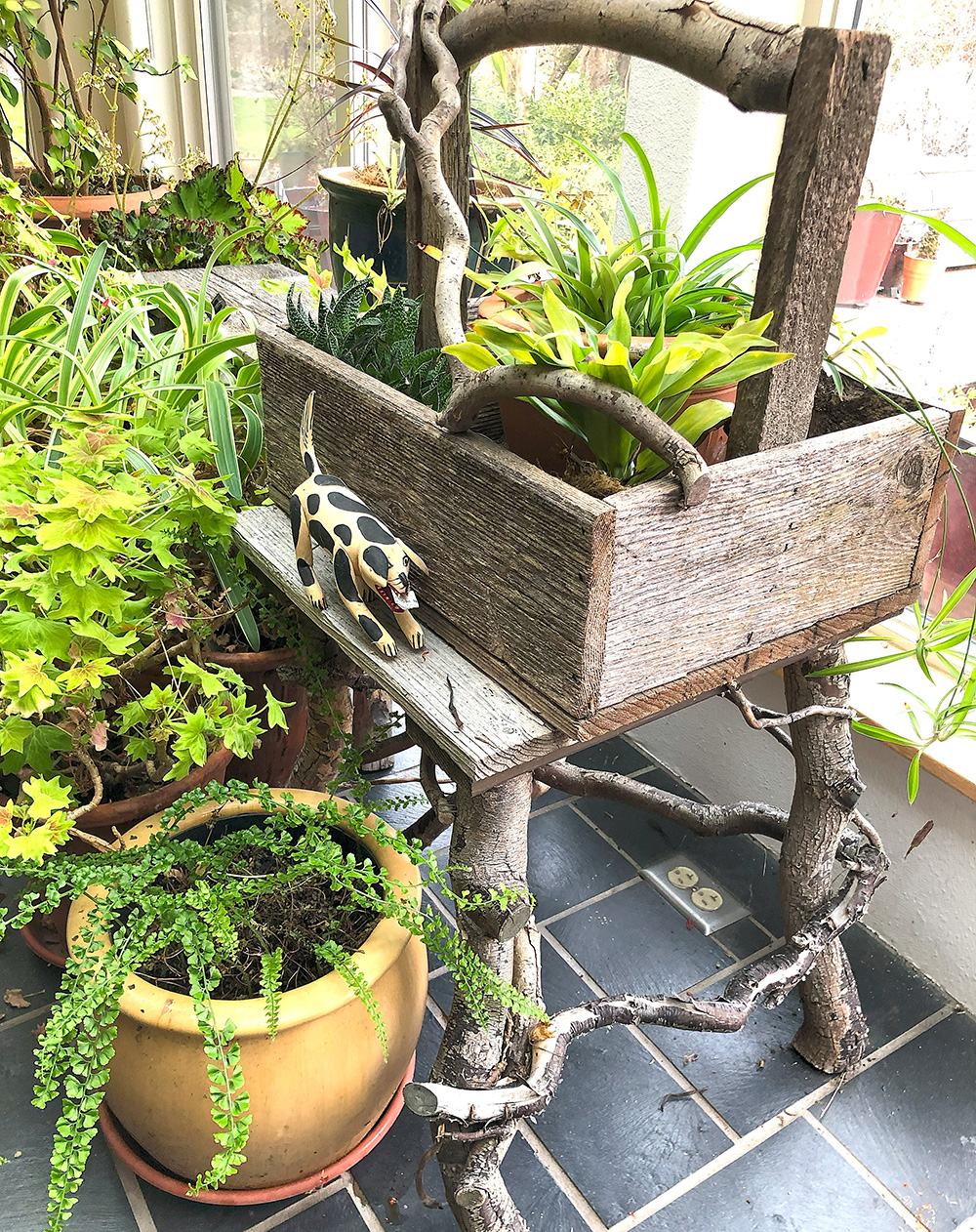
Here are a few steps to help you get started. First of all, we have to slow down our normal rhythms. The best way to do that is leave your phone and other devices in the house. Next step—stand inside, gently close the door, and take a few conscious breaths. You could breathe in to the count of four, hold for the count of six, and breathe out to the count of eight. Or, simply notice the act of your breathing; that will slow you down. Just a few breaths. You can walk around the greenhouse as you do this, or sit in one place that’s comfortable.
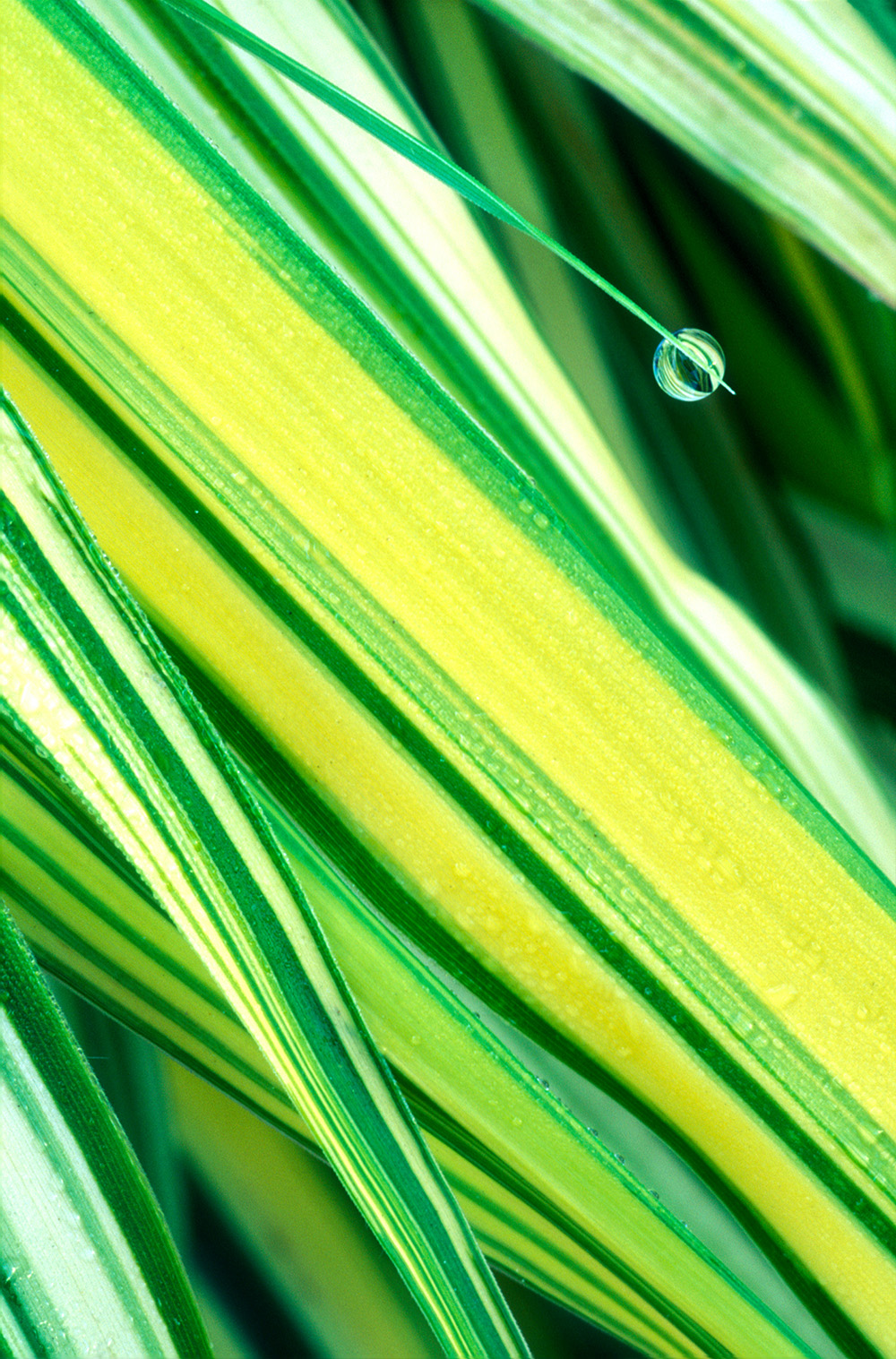
Next, do a sensory check in. This can be as simple as asking yourself to be aware of details—what can you see, hear, feel, smell, and touch? Or it can be more ordered—name five things you see, four things you hear, three you can smell, two you can feel, and one you can touch. You may be able to see a leaf backlit by sunlight. Or smell the decaying scent of the potting mix. Pass your hand over the first emerging leaves in that flat of lettuces. Notice the intricacies of the veining in a leaf, or the colors of the newly developing orchid flower. And if you get distracted with suddenly observing that this plant is desperately in need of repotting, let that thought go when you notice it, and find another detail in front of you to focus on. You can repot later.
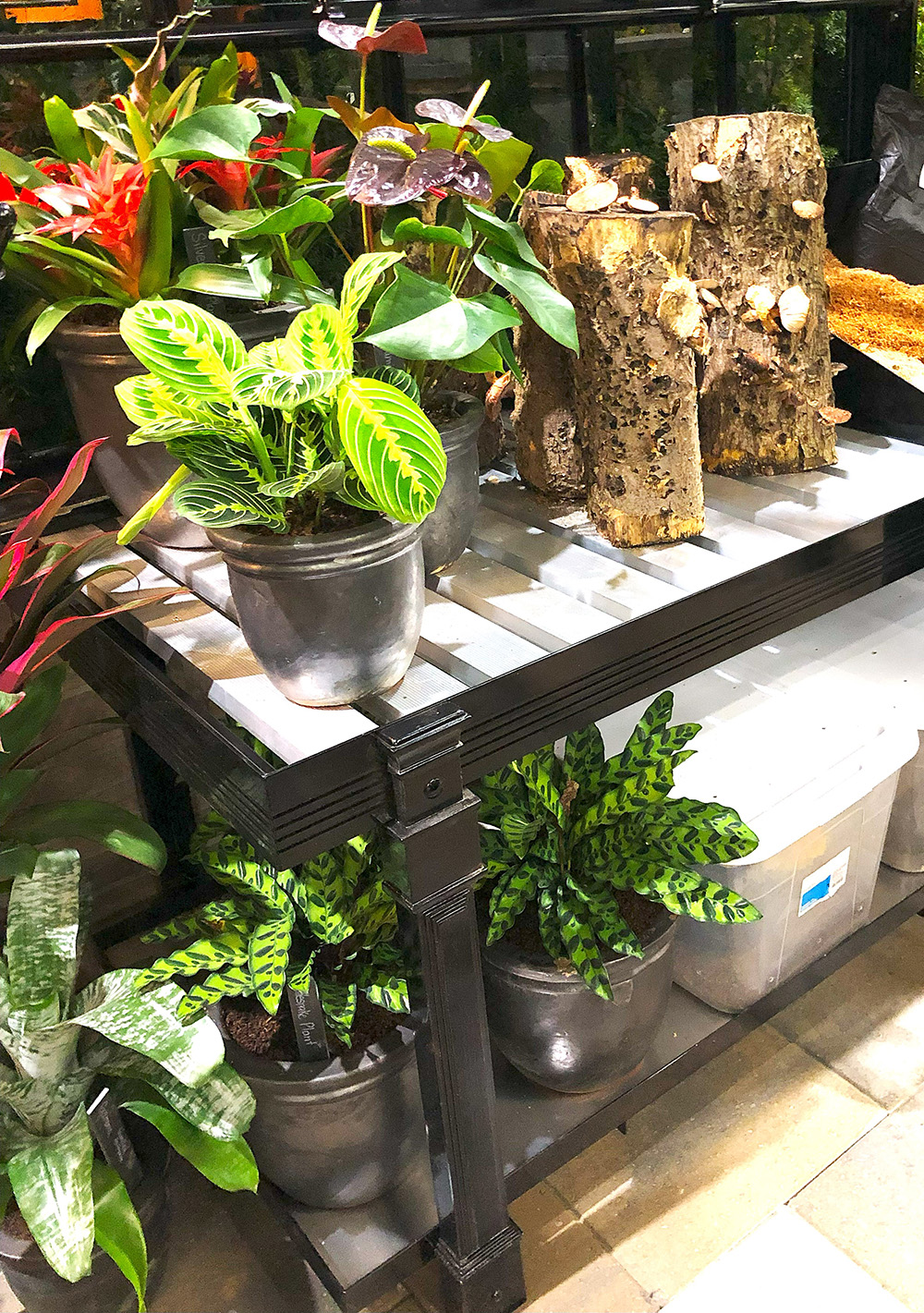
Sometimes, slowing down takes practice. Some days we’re better at it than others. But for all the reasons we wish to have a greenhouse, taking time to appreciate what we have growing inside it is a special gift.


